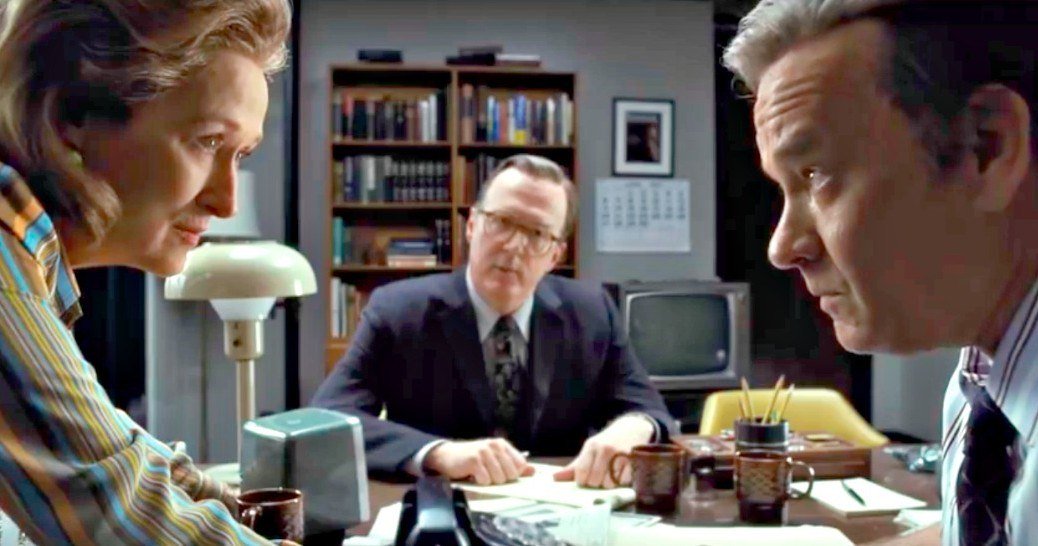Tropic Sprockets / The Post
By Ian Brockway
Steven Spielberg is a virtuoso. The director is most known for bringing a sense of drama to historical themes and heroics that are quintessentially American. In his latest “The Post” he takes on Nixon in 1971 and the fear he brought to the newspaper industry.
The film is cozy but by no means comfortable and it benefits greatly from being so timely, given our current administration.
The nation is gripped in the tragic and confusing vice of war, and protests are rampant. Military analyst Daniel Ellsberg (Matthew Rhys) manages to take documents from a think tank, the RAND corporation. The documents essentially say that recent presidents from Eisenhower to Nixon have all been advised that military action in Vietnam is a bad idea, with evidence of election tampering and various corruption. These documents are a study known as the Pentagon Papers.
The papers are published in the New York Times and Nixon is paranoid and shaken.
He vows to shut the paper down.
Actor Tom Hanks is Post journalist Ben Bradlee, a tough bear of a man who snarls, winces and chain smokes, but who nevertheless lives for the inked word.
He approaches Kay Graham (Meryl Streep) the strongwoman of The Post in the hopes of getting a jump on the full documents, but in the climate of Nixon’s Machievellian intent, danger is near, most expressly for the newspaper.
Both Hanks and Streep do a fine job in bringing these figures to life and their spirit comes through. These two people truly live for the news and we can see and feel the humanity in both of them.
The film does feel pedestrian and routine in spots but in light of past cinema history (such as All the President’s Men) this is unavoidable. Hanks sweats and churns, roaring and smoking. We can well predict that time is short, that the paper must go forward. Yet there is enough suspense to keep us interested and compelled.
Most intriguingly, Spielberg seems to poke fun at his own past. In one scene, when the newsmen look into the box of documents the camera perspective, by focusing on the journalists’ faces, makes the cardboard box into something mysterious and eerie, containing scary gremlins of the beloved E.T.
Throughout the film, youngsters carry the day: a boy races through the streets to aid Bradlee in his quest, and it is a young woman who drops a batch of documents at The Post. The wonder and magic of youth is to be found in most every Spielberg film and it is clearly in evidence here, along with an acknowledgement of the power of newswomen, which in this film is stronger and more adaptable than men.
Frequently shown in the film are the newspaper printing machines which resemble living animals. Cast blocks of type are laid out as to make a huge iron serpent that spits out a daily newspaper. Gone are those days when news was put together in a map format, pressed and rolled out, forged by black metal and fused by the hand and finger.
Also arresting (similar to the crate scene in Raiders of The Lost Ark) is a sweeping shot of the news room depicting endless columns of newspapers rising and falling which make a huge leviathan of information—- a gigantic brain.
Viewing “The Post”, everything old is new again. It is now 2018 and we have a president who is hostile to the media and The New York Times. Some may react with dry smiles, feeling that the villain has been unmasked.
Yet perhaps Spielberg is saying more. People in power change, but the goal remains the same. A free exchange of ideas and Bradburyesque love of the printed word combines with the youth of the moment. Such is the path to transcendence.
Write Ian at [email protected]
[livemarket market_name="KONK Life LiveMarket" limit=3 category=“” show_signup=0 show_more=0]








No Comment